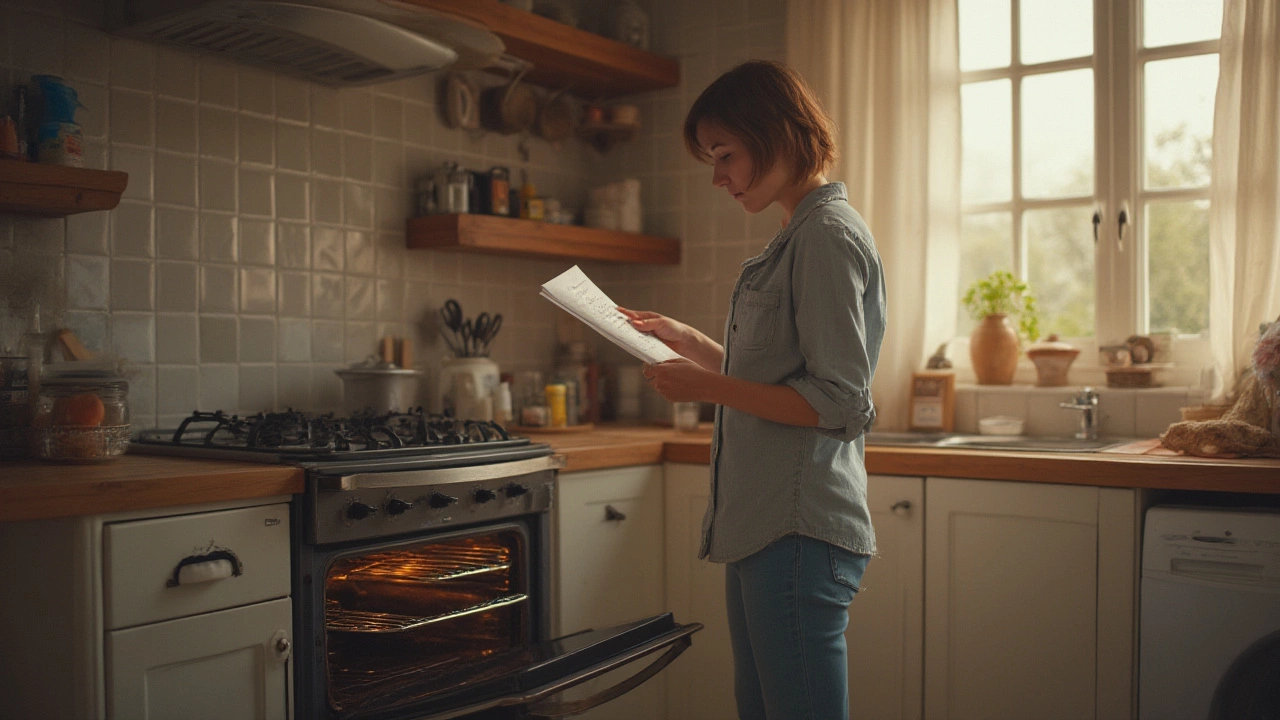How to Beat Black Baked‑On Grease in Minutes
If you’ve ever stared at a pan or oven door that looks like a charcoal sketch, you know the frustration. The good news? You don’t need pricey chemicals – a few pantry items and a little elbow grease can do the trick.
Why Baking Soda and Vinegar Work Together
Baking soda is a mild alkali. It breaks down the fatty bonds that give grease its sticky texture. Vinegar, on the other hand, is acidic. When you mix the two, you get a fizzing reaction that lifts grime off the surface. The fizz also helps the soda penetrate the baked‑on layer, making it easier to scrub.
Here’s the basic combo:
- 1 tablespoon baking soda
- 2 tablespoons white vinegar
- Warm water
Mix the soda and vinegar in a small bowl – expect a bubbly mess, that’s normal. Dip a soft cloth or non‑scratch sponge into the mixture and apply to the greasy spot.
Step‑by‑Step Grease‑Busting Routine
1. Cool the surface. Trying to clean a hot stove top can spread the grease further. Let it cool for at least five minutes.
2. Scrape loose bits. Use a plastic spatula or a scraper designed for cookware. Push the hardened crust gently – don’t gouge the metal.
3. Apply the soda‑vinegar paste. Spread a thin layer over the blackened area. Let it sit for 5‑10 minutes; the fizz will work its magic.
4. Scrub with a non‑abrasive pad. Circular motions are best. If the grease is really tough, add a few drops of dish soap to the pad for extra cutting power.
5. Rinse and wipe clean. Use a damp cloth soaked in warm water to remove any residue. Dry with a clean towel to prevent new spots.
6. Finish with a shine. For stainless steel, a few drops of baby oil or a dedicated metal polish will restore the gleam.
If baking soda and vinegar aren’t enough, try these alternatives:
- Dish soap & hot water. A few drops of a degreasing dish soap in hot water can melt grease quickly.
- Lemon juice. The citric acid works like vinegar but leaves a fresh scent.
- Commercial oven cleaners. Use only as a last resort; follow safety instructions and wear gloves.
Safety tip: always ventilate the kitchen when using acidic cleaners. Open a window or turn on the extractor fan.
Now you’ve got a reliable routine that costs pennies and protects your cookware. Next time black baked‑on grease shows up, you’ll be ready to wipe it out in no time.

How to Remove Black Baked-On Grease from Your Oven: Effective Cleaning Tips
Stuck with stubborn black grease in your oven? Find detailed steps, proven tips, and common mistakes to avoid—no gimmicks, just real solutions.
Read More